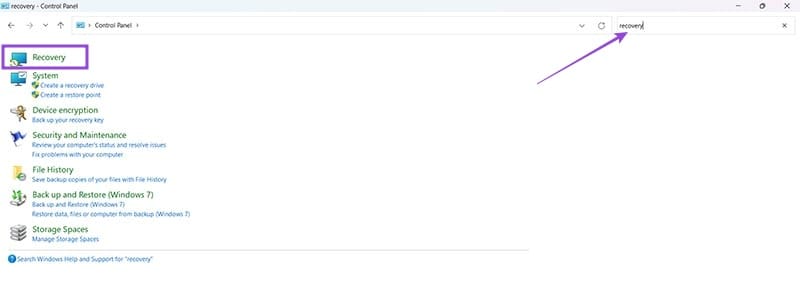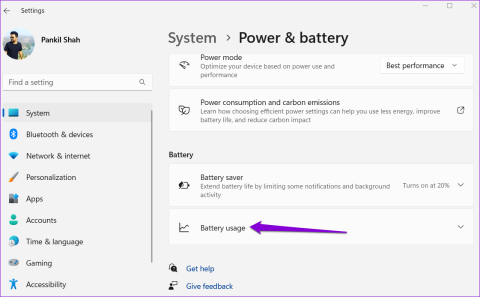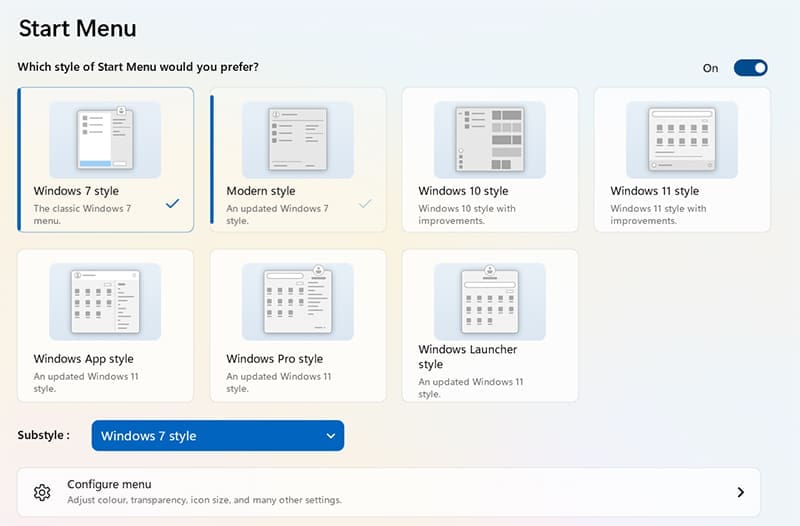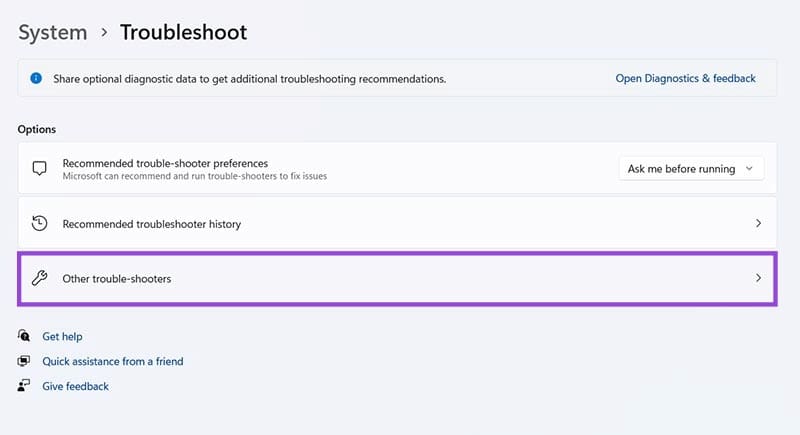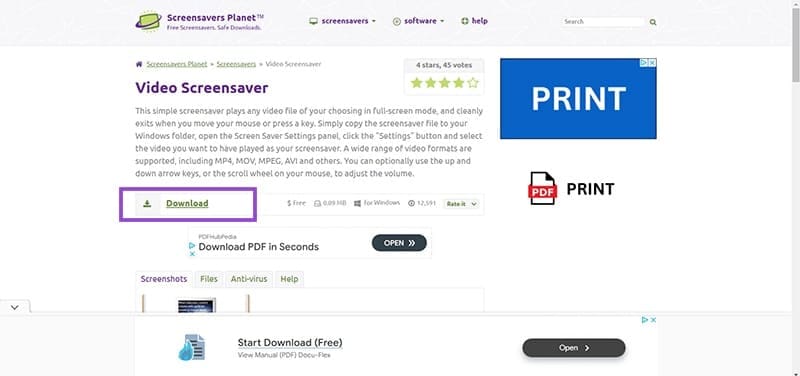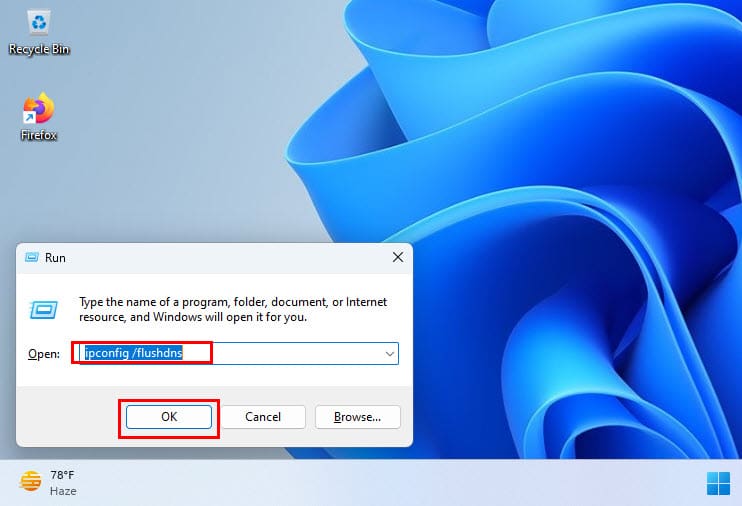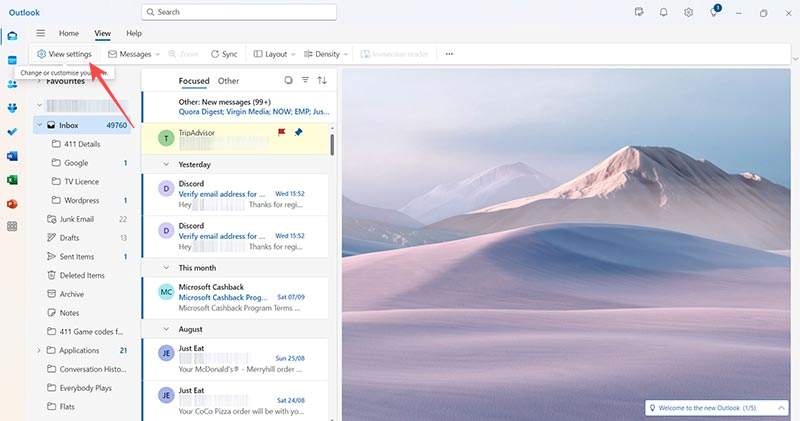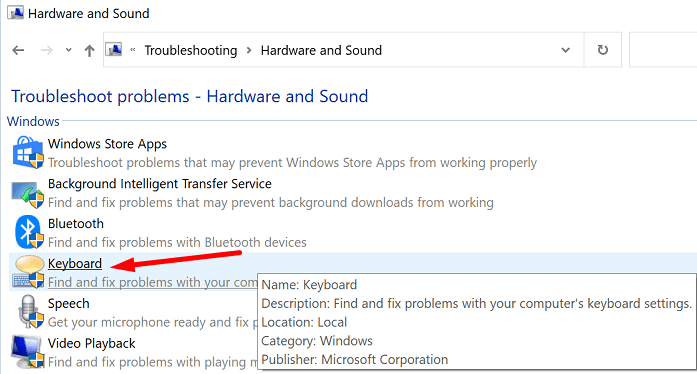Quick Tips
- In most cases, you can restore the missing background app permission option via the Group Policy Editor or Registry Editor.
- Corrupt or damaged system files can also cause the background app permission option to go missing.
- Try repairing or resetting the Windows Settings app if nothing else works.
You can manage background app permissions in various ways in Windows 11. So, if the usual method does not work, access background app permissions through Power and Battery settings on Windows. Here’s how.
Step 1: Press the Windows key + I to open the Settings app. Go to System > Power & battery.

Step 2: Click on Battery usage to expand it.

Step 3: Locate the app you want to change the background permissions for. Tap the three-dot menu icon next to it and select Manage background activity.

Step 4: Use the drop-down menu to manage background permissions for the app.

Fix 2: Enable Background Apps Permissions From Group Policy
Another reason you may not see the background apps permissions option is if the feature is disabled from the Group Policy. Here’s how to re-enable it.
Note: The Group Policy Editor is exclusive to Windows 11 Professional, Enterprise, and Education editions. If your computer runs Windows Home edition, use the Registry Editor mentioned in the next section.
Step 1: Press the Windows key + R to open the Run dialog. Type gpedit.msc and press Enter.
Step 2: In the Group Policy window, use the left pane to navigate to the following folder.
Computer Configuration\Administrative Templates\Windows Components\App Privacy
Step 3: Double-click the Let Windows apps run in the background policy from the right pane.

Step 4: Select Enabled and use the drop-down menu under Options to select User is in control. Then, hit Apply, followed by OK.

Restart your PC and see if you can find the background apps permissions option in the Settings app.
Fix 3: Enable Background Apps Permissions From Registry Editor
If you don’t have access to the Group Policy Editor, restore the missing background apps permissions option in Windows using the registry trick below.
Step 1: Click the search icon on the taskbar, type registry editor, and select Run as administrator.

Step 2: Use the address bar at the top to navigate to the following key:
Computer\HKEY_LOCAL_MACHINE\SOFTWARE\Policies\Microsoft\Windows

Step 3: Locate a sub-key named AppPrivacy within the Windows key folder. If such a key does not exist, right-click on the Windows key, choose New, and select Key. Name it AppPrivacy.

Step 4: Inside the AppPrivacy key, right-click anywhere on the empty space, go to New, and select DWORD (32-bit) Value. Name it LetAppsRunInBackground.

Step 5: Double-click the newly created key and change its value to 0. Then, click OK.

Restart your PC, and you should see the background apps permissions option in the Settings app.
Fix 4: Run the SFC and DISM Scans
Damaged system files on your PC can also cause such anomalies. You can run the SFC (System File Checker) scan and DISM (Deployment Image Servicing and Management) scans to repair any corrupted or missing system files.
Step 1: Right-click on the Start icon and select Terminal (Admin) from the list.

Step 2: In the console, type the following command and press Enter.
SFC /scannow

Step 3: Run the DISM scan by running the following commands individually and hitting Enter after each one:
DISM /Online /Cleanup-Image /CheckHealth
DISM /Online /Cleanup-Image /ScanHealth
DISM /Online /Cleanup-Image /RestoreHealth

DISM may connect to Windows update online to download the missing files if necessary. After the scan completes, restart your PC and see if the issue exists.
Fix 5: Repair or Reset the Settings App
Problems with the Windows 11 Settings app can also cause the background app permissions option to disappear. If that seems to be the case, repair the Settings by following the steps below.
Step 1: Open the search menu, type settings, and select App settings.

Step 2: Scroll down to the Reset section and click the Repair button.

If the issue persists after you repair the app, try resetting the Settings app from the same menu. Following that, you should see the missing background apps permissions option in Windows as before.
